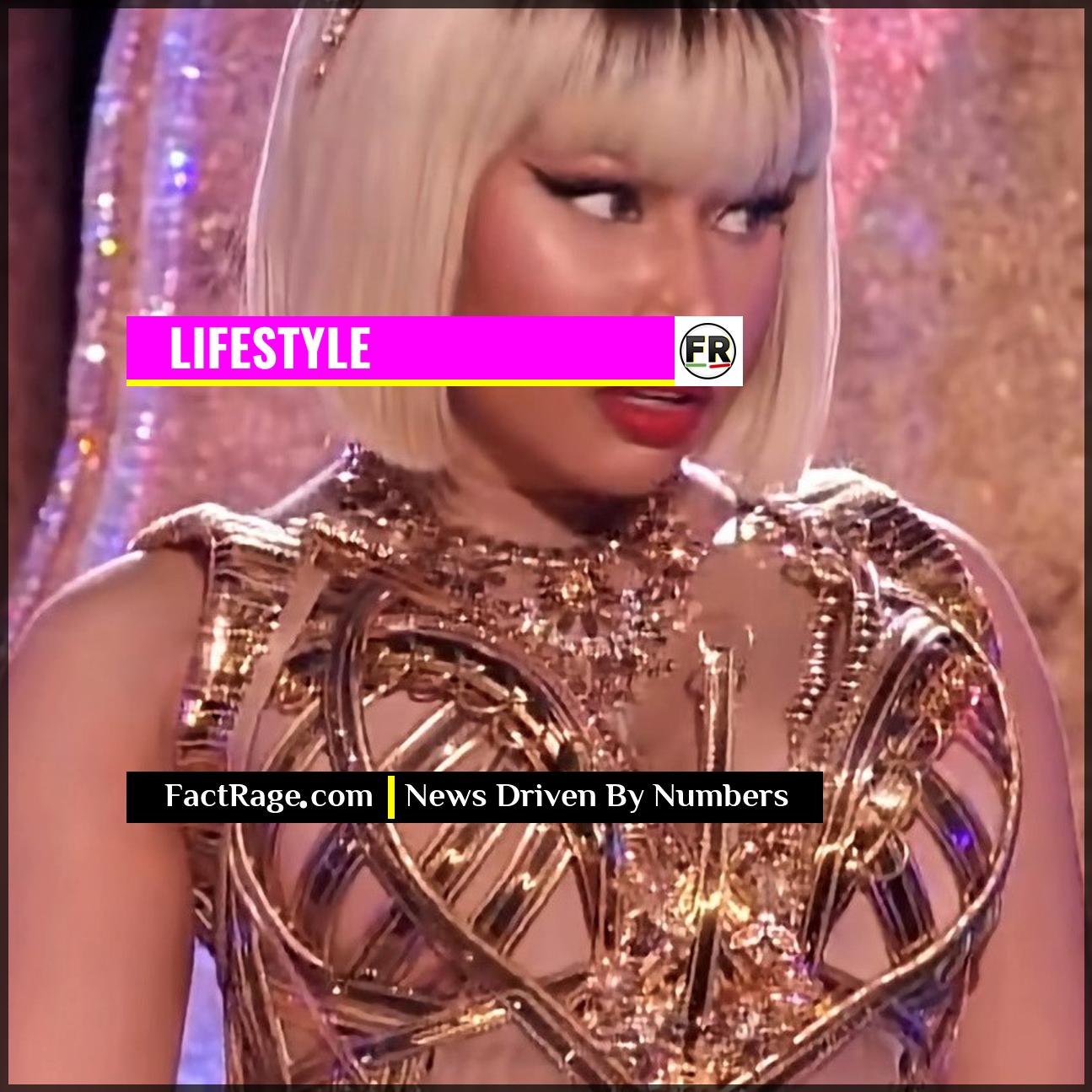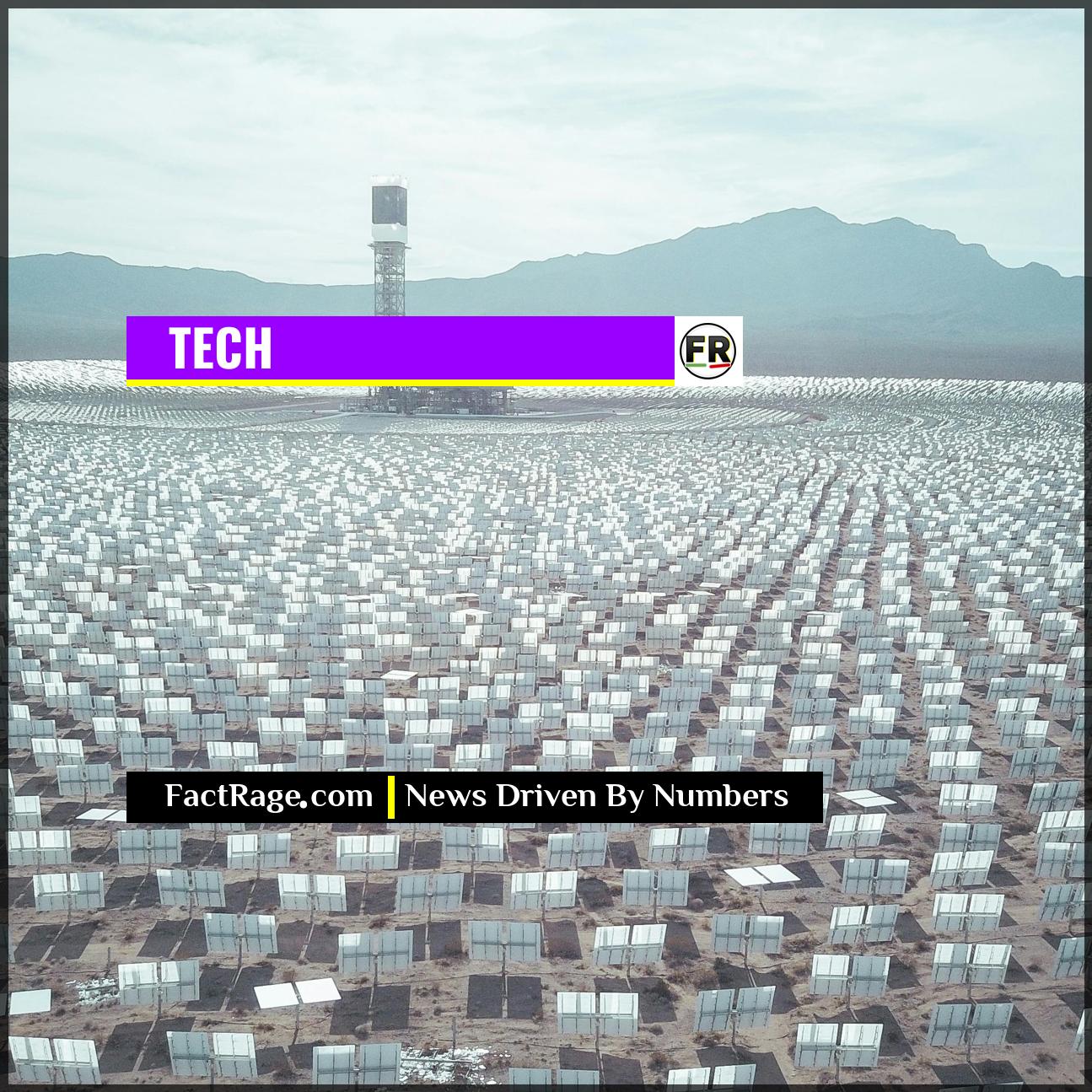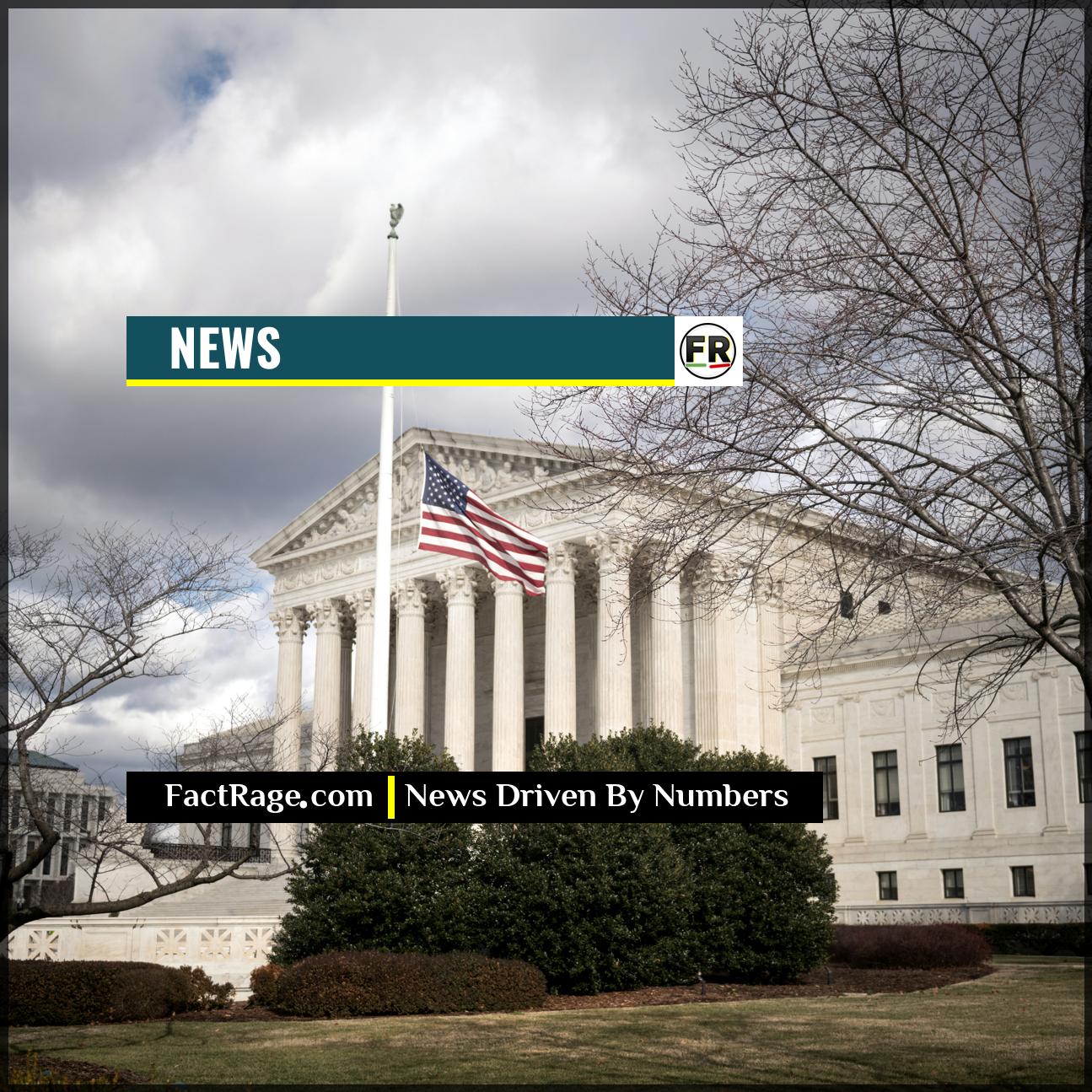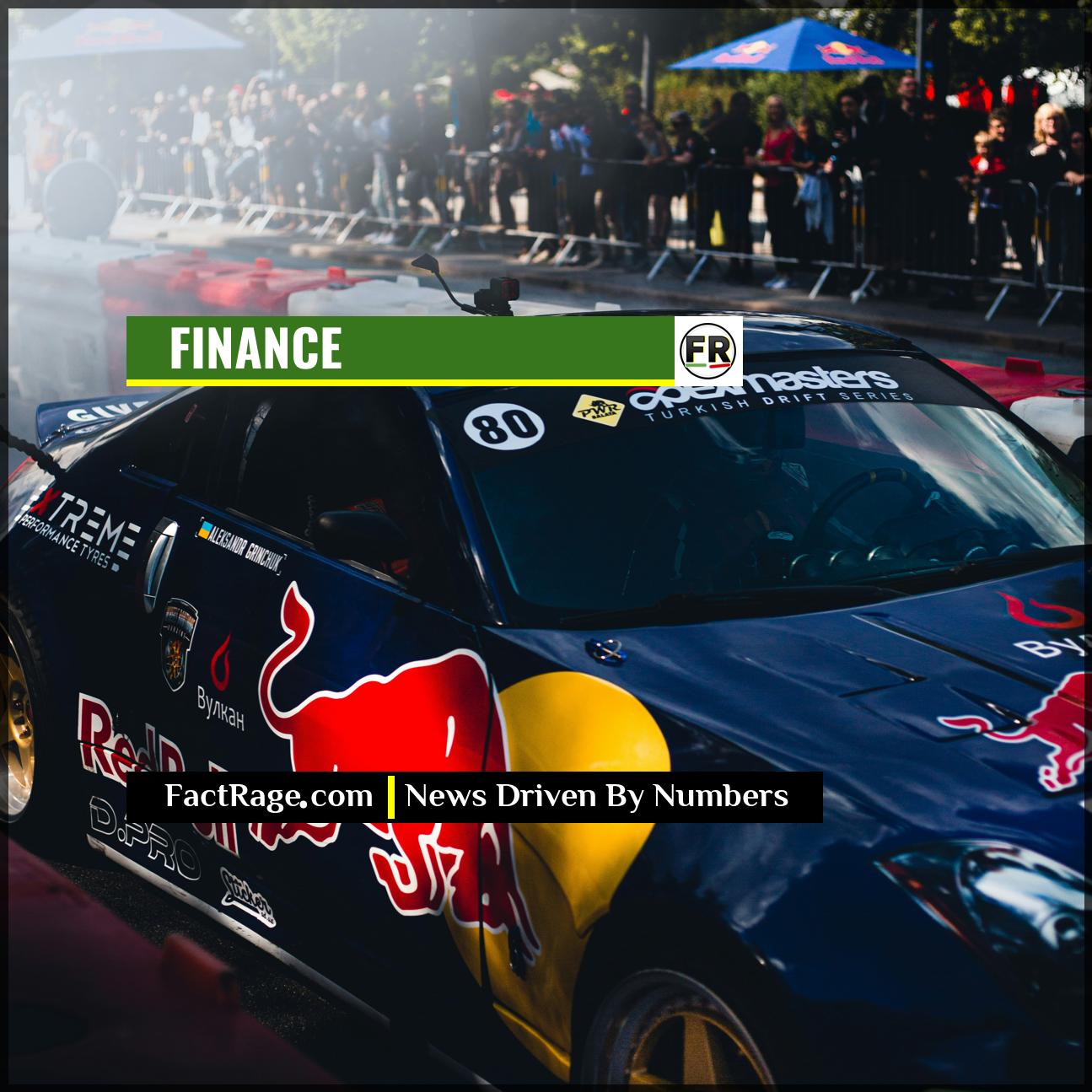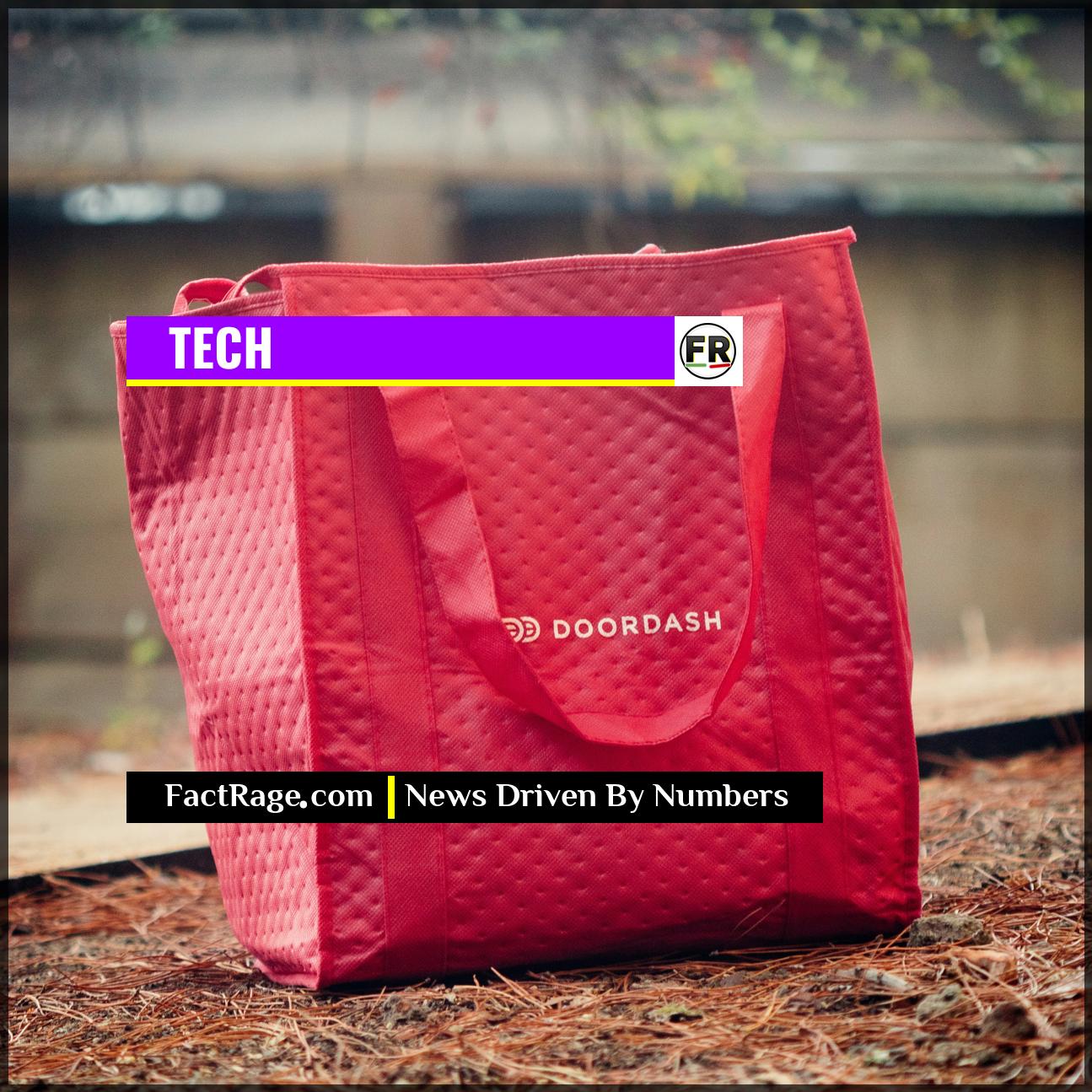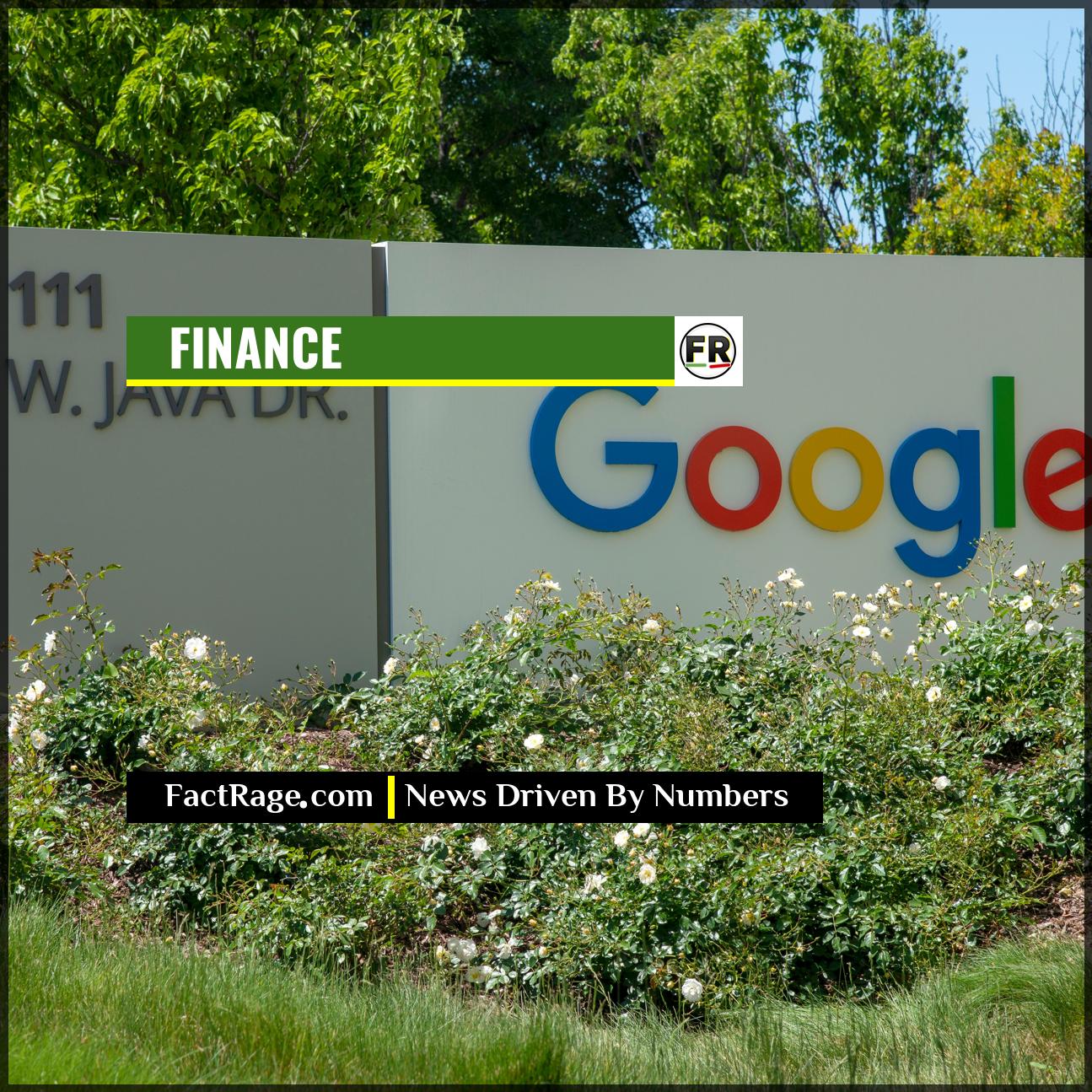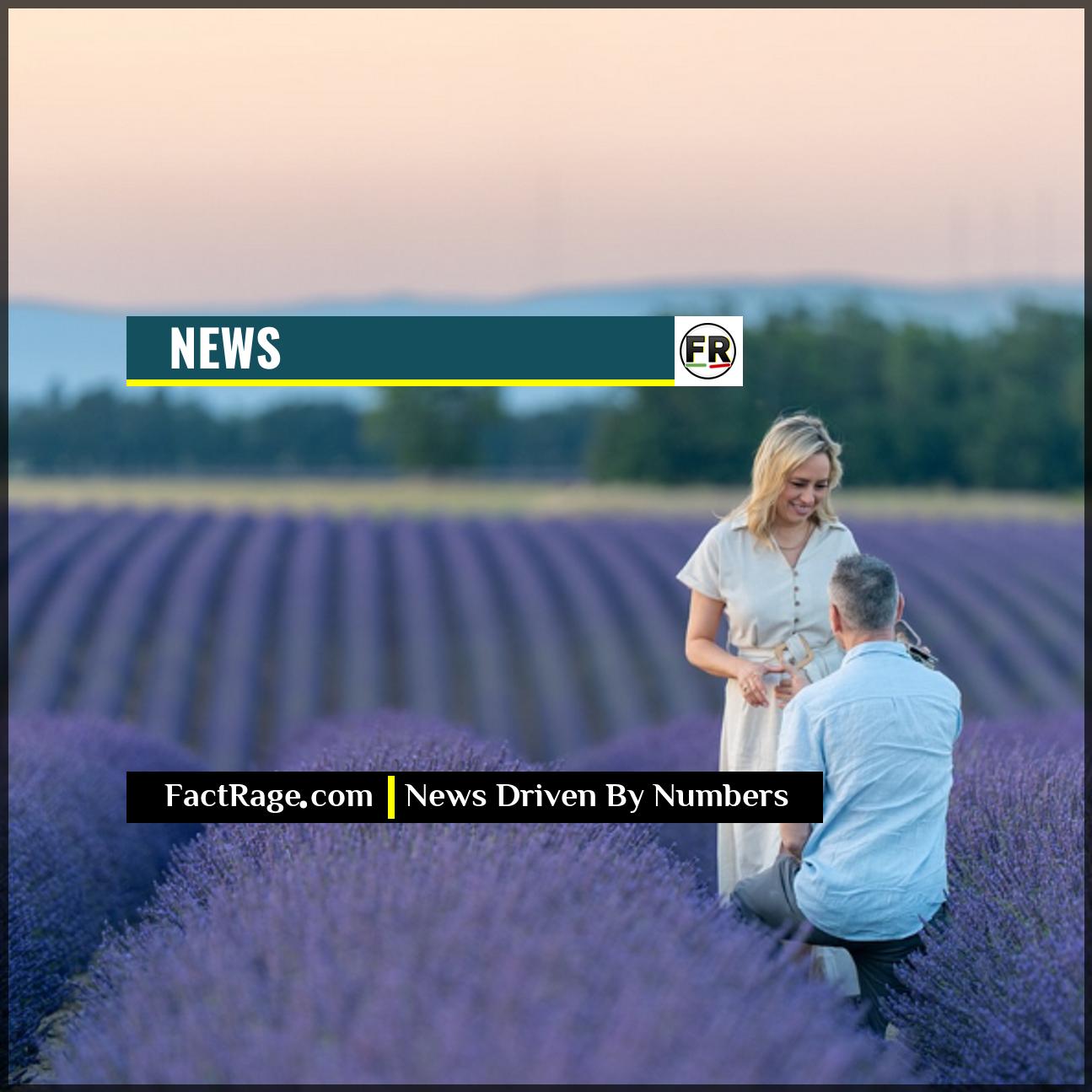HOLLYWOOD – A high-profile artist dispute is no longer just a personal affair; it’s a powerful, and increasingly common, business strategy that can generate millions of streams and dominate global charts.
- Monetized Conflict – Diss tracks born from public feuds, such as Megan Thee Stallion’s “Hiss,” have debuted at #1 on the Billboard Hot 100, demonstrating a direct link between controversy and commercial success.
- The Social Media Amplifier – Platforms like X and TikTok allow artists to engage fanbases directly, turning online drama into coordinated streaming campaigns and immense media attention that algorithms reward.
- A New Economic Model – Unlike historical rivalries, modern feuds operate within the creator economy, where audience engagement is a quantifiable asset that directly translates into revenue and cultural relevance.
The public fallout between rappers Nicki Minaj and Megan Thee Stallion in early 2024 provided a definitive case study, moving the phenomenon of the “music beef” from the realm of gossip into a clear-cut marketing playbook.
Conflict Is the New Currency
![]() When major artists feud, it’s easy to get caught up in the drama. But look past the social media noise, and you’ll see a clear business transaction taking place. Every diss track and subtweet is now a carefully deployed asset in a high-stakes marketing campaign. The real story isn’t who “won” the argument; it’s who cashed in on the controversy.
When major artists feud, it’s easy to get caught up in the drama. But look past the social media noise, and you’ll see a clear business transaction taking place. Every diss track and subtweet is now a carefully deployed asset in a high-stakes marketing campaign. The real story isn’t who “won” the argument; it’s who cashed in on the controversy.
Read On…
We break down how public conflicts have been reverse-engineered into a predictable, chart-topping formula, revealing the new playbook for turning cultural moments into millions.
How a Personal Feud Becomes a Chart-Topping Strategy
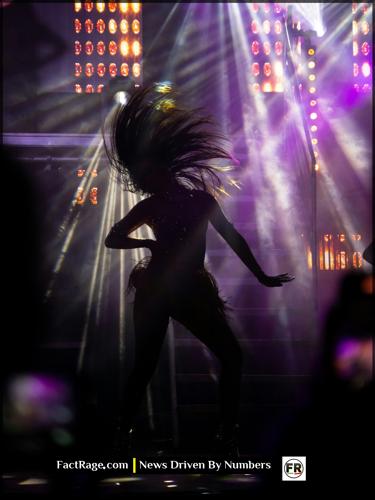
When Megan Thee Stallion released “Hiss” in January 2024, the track was more than a song; it was a cultural event. Fueled by lyrics perceived to be aimed at Nicki Minaj, the song sparked an immediate and intense online reaction. Within days, Minaj responded with her own track, “Big Foot.” The result was a firestorm of media coverage, fan debate, and, most importantly, enormous streaming numbers.
“Hiss” debuted at No. 1 on the Billboard Hot 100 chart, buoyed by 17.4 million official U.S. streams in its first week, according to data from Luminate. The song’s success was not an accident. It was the direct outcome of a public conflict playing out in real-time, capturing the attention of millions who felt compelled to listen, choose a side, and participate in the narrative. This dynamic raises a key question for the industry: Is authentic conflict now the most effective promotional tool available?
The Role of Streaming and ‘Stan Culture’ in Fueling the Fire
The modern music feud is turbo-charged by two powerful forces: streaming platforms and dedicated fanbases, often called “stans.” Services like Spotify and Apple Music are built on algorithms that promote trending content. A song exploding on social media is quickly elevated on playlists and homepages, creating a feedback loop that drives even more listeners to the track.
This is where stan culture becomes a critical economic driver. Fan armies mobilize with military-like precision, organizing streaming parties and coordinating social media campaigns to push their favorite artist up the charts. They create viral memes, dissect lyrics, and ensure the feud remains a top trending topic. For the artist, this direct-to-fan pipeline is invaluable. It allows them to bypass traditional media gatekeepers and transform their social media following into a tangible commercial force. The feud itself becomes the central product, and the songs are the merchandise.
Is This the New Blueprint for Relevancy?
While artist rivalries are as old as the music industry itself—from the Beatles versus The Rolling Stones to the coastal rap wars of the 90s—the current landscape is fundamentally different. In the past, feuds were largely documented by third-party media. Today, they are live-streamed, self-narrated, and instantly monetized by the artists themselves.
This shift reflects the broader creator economy, where individuals leverage personality and drama to build a brand and generate revenue. For a musician, a well-timed feud can cut through the noise of a saturated market, guaranteeing a level of attention that a standard album rollout might not. However, it also blurs the lines between artistic expression and calculated provocation. The success of this model suggests that for many artists, the risk of public conflict is outweighed by the reward of massive engagement and a chart-topping hit. The business of beef is booming, and the industry is taking notes.
The Bottom Line on Beef
![]() Ultimately, the feud between Nicki Minaj and Megan Thee Stallion serves as a stark illustration of a much larger shift in the entertainment landscape. What was once backstage drama is now a front-facing product launch, meticulously engineered to command social media and conquer streaming algorithms. As the line between personal narrative and promotional strategy continues to dissolve, the business of music is no longer just about the art—it’s about monetizing the conversation around it.
Ultimately, the feud between Nicki Minaj and Megan Thee Stallion serves as a stark illustration of a much larger shift in the entertainment landscape. What was once backstage drama is now a front-facing product launch, meticulously engineered to command social media and conquer streaming algorithms. As the line between personal narrative and promotional strategy continues to dissolve, the business of music is no longer just about the art—it’s about monetizing the conversation around it.

